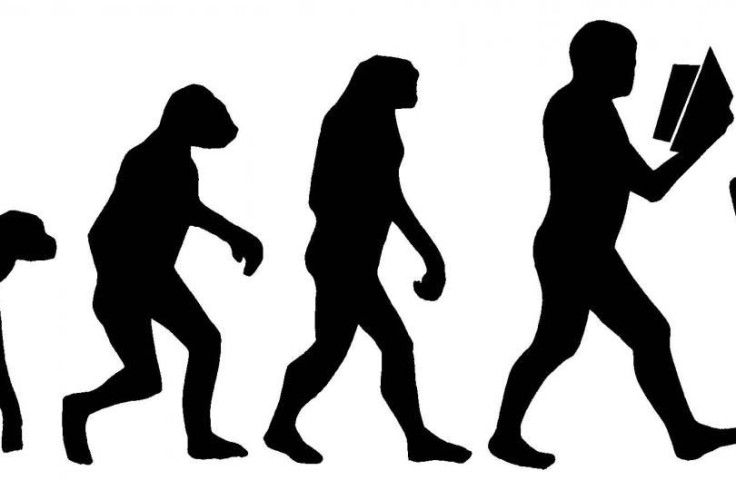Human Evolution: 10 Little-Known Facts

We humans have come a long way since the days of banging rocks together and picking the bugs out of each other’s hair (not to say some of us don’t still do those things). For thousands of years, our DNA has been molded according to our needs to adapt and survive.
But while nature is often beautiful and elegant, it’s not always perfect — or necessarily understood. The study of human evolution has produced some of science’s greatest insights. It’s also taught us that the human body likes to hold on to organs it doesn’t need and that the human brain is undergoing an identity crisis. Here are 10 little-known facts about human evolution:
10. We Used To Be Hobbits
A hobbit-like species of humans lived approximately 18,000 years ago, according to Australian and Indonesian researchers. The species lived among pygmy elephants, 10-foot lizards, and were no taller than the average 3-year-old.
9. Our Brains Are Shrinking
We may be getting smarter, but our brains are getting more compact, explains University of Wisconsin researcher John Hawkes. Really, the reduction in size probably deals with our decreased physical size. Less mass means less brain needed to control it.
8. Goosebumps Are Late To The Party
We used to have thick hair, which stood on head not so unlike the hair on the back of your neck does now. Only, we lost that thick hair over time. But the physiologic response stayed.
7. A Foot Muscle Makes An Exit
Some nine percent of people are missing the muscle in their foot that allows them to grip objects like our primitive ancestors. (Might as well bend down, anyway, right?)
6. Lefties Compete, Righties Cooperate
Right-handed people outnumber lefties nine to one. But in competitive sports left-handed people are far more represented, leading many theorists to conclude that early cultures developed “handedness” as a form of cooperation.
5. Population Explosion
It took 100,000 years for the population to reach one billion people. It took only 133 years for it to reach its second billion, and 44 after that to double again. Ecologists predict the world population will hit eight billion people by 2025.
4. The Original Paternity Test
Blue eyes don’t just look good on Frank Sinatra; scientists believe they played a vital role in paternity testing babies. Two blue-eyed people can’t produce a brown-eyed baby.
3. We May Have Been Endangered
A mysterious illness (probably tuberculosis) is thought to have wiped out all but 2,000 of our early ancestors around 70,000 BC — putting us shoulder-to-shoulder with black rhinos and giant pandas on the endangered species list.
2. From Four Legs to Two
Why we became bipedal is still a mystery — perhaps to allow our chest room to breathe when we run, some say — but the move from four legs to two marked the hominid’s first break from our ape ancestors.
1. Aliens Among Us
Long-skulled geniuses may have walked the earth before us. In 1913, scientists uncovered strange-looking skull fragments that were later determined to sit behind childlike faces. This combination naturally led to conversations about aliens, but keep in mind: We survived, and they didn’t. So how smart could they be?
This article originally appeared in Medical Daily.











